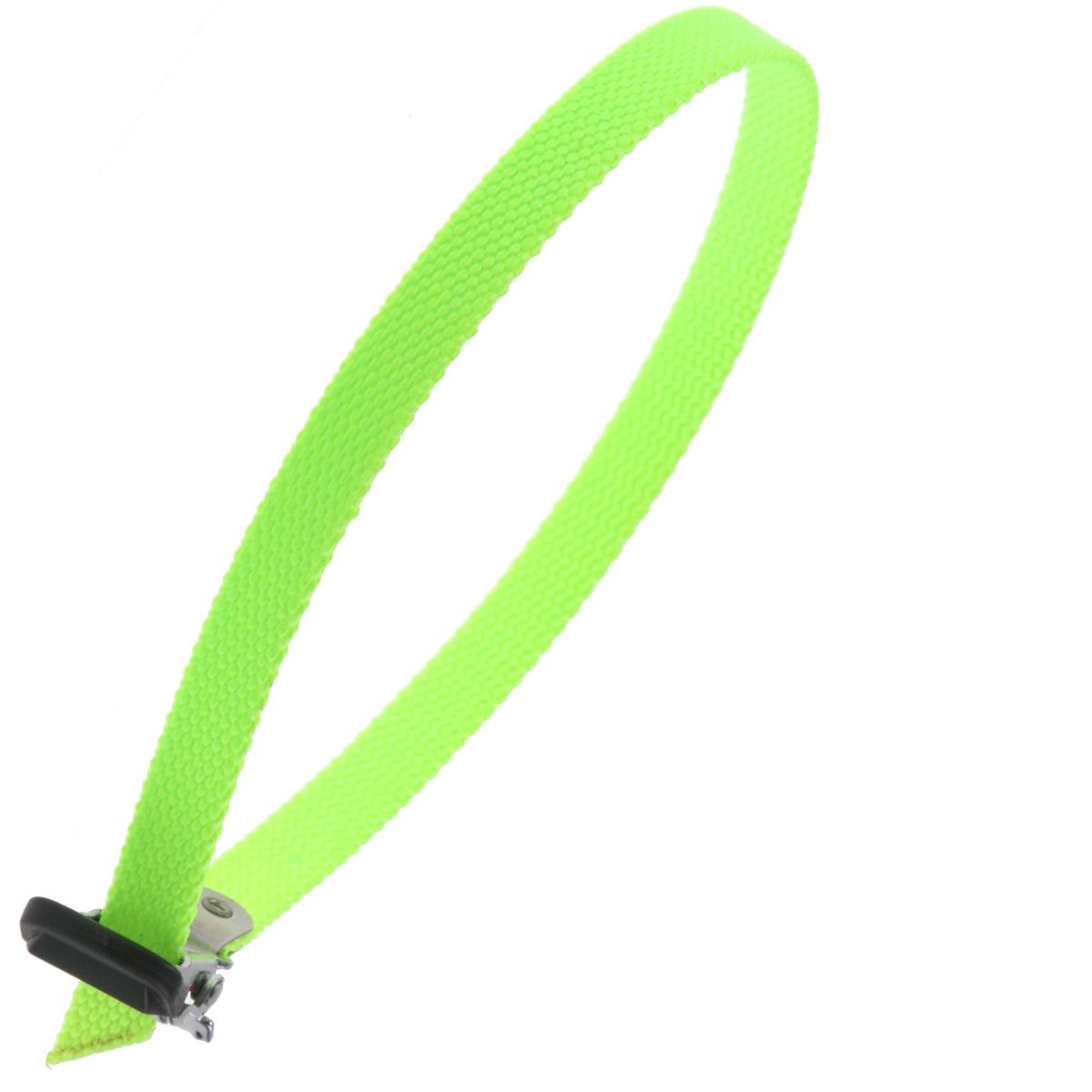

Give your cat some space to act on his own accord when ready. If your cat’s tail is curled around itself while seated, your cat may be feeling submissive or a bit nervous. If your cat seems comfortable, try to encourage play with a dangly feather toy. If something stressful is occurring, give your cat some time to gauge the situation. The Curled Question Markĭepending on their surroundings, cats with a hooked or bent tail resembling a question mark may be feeling either playful or otherwise doubtful. Pet parents should reward these happy kitties with attention and praise. You may also notice that the tip of the tail may rapidly quiver or buzz while in this upright posture, indicating that your cat is particularly joyful. A tail that stands straight up is a common greeting display, revealing that a cat is confident, content, and willing to interact with other cats or humans.Īmicable cats with this tail posture show other felines they are non-confrontational, reducing the possibility of a conflict. This tail position is similar to a human smile. Standing Straight UpĪ cat with an upright tail pointing towards the sky is a happy feline. So what exactly are all your domestic cat’s different tail positions trying to tell you? Here’s a helpful breakdown. They vocalize by meowing and hissing, and they display non-verbal cues through body posture as well as eye and ear positioning.Īdditionally, cat tails are very expressive, and the position of your cat’s tail is another method by which your kitty can “speak” to you-communicating his preferences, emotions, and even signs of illness or injury.

Fortunately, this surgical procedure is well-tolerated by the majority of cats.Ĭats communicate in many ways. Severe or non-healing injuries to the tail may require amputation by a veterinarian.


Though the spinal cord itself ends before the tail, nerve damage to the tail (such as damage caused by tail pulling) can cause traumatic spinal injuries in cats. Cat Tail HealthĪ healthy tail is important to a cat’s overall wellbeing, and tail injuries can cause severe pain, discomfort, and stress for our cats. When they’re not sleeping up to 18-20 hours per day, they’re often jumping and climbing, whether they’re in the wild or at home. After all, cats are vertically-inclined creatures. It is also important in balancing when running or jumping or as a counterbalance when a cat is walking on a narrow surface or suddenly changing direction when running or tracking prey. Evaluating the behavior of these cat breeds is trickier since relying on tail positioning is not possible.Ī cat’s tail does not function solely in communication. Some cat breeds are born with a shortened or absent tail (such as the Manx). The nerve supply of a cat’s tail controls it in response to stimuli. A cat’s tail anatomy is made up of fur, skin, bones, blood vessels, nerves, and a small amount of muscle. The tail is a continuation of the spine, comprising between 18 to 20 caudal vertebrae in most domestic cat species. The long swishy tail of a feline is an important structure. Understanding Your Cat’s Tail: The BasicsĪ cat’s tail position is one way a cat communicates with humans as well as other cats and animals. To deepen our bond with our cats and provide for their quality of life, we pet parents must become multilingual by learning cat tail language so we may “chat” with our cats. However, true cat lovers know just how expressive cats are.Ĭats want to be understood, yet they speak an entirely different language than us humans, and their language is complex. People who do not understand cats falsely assume our feline friends are overly aloof.


 0 kommentar(er)
0 kommentar(er)
